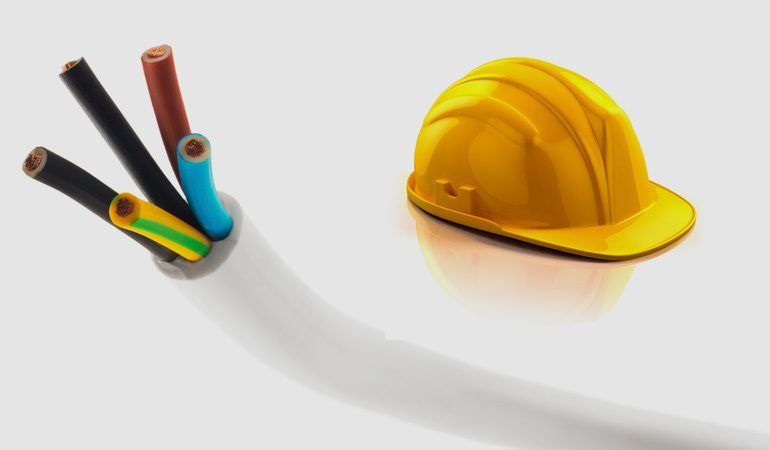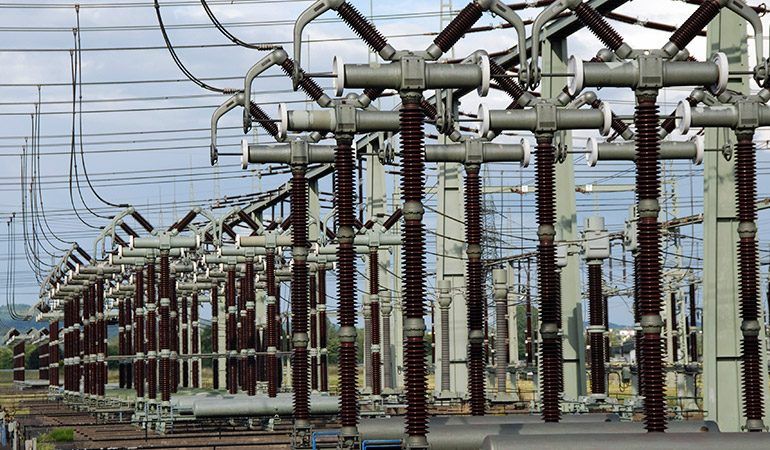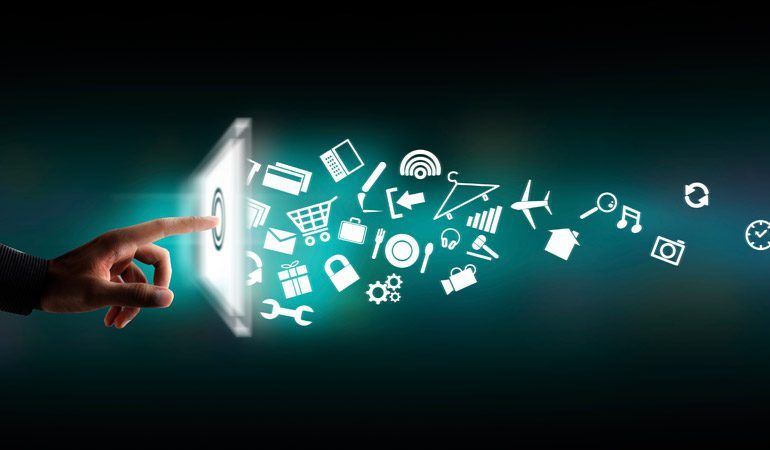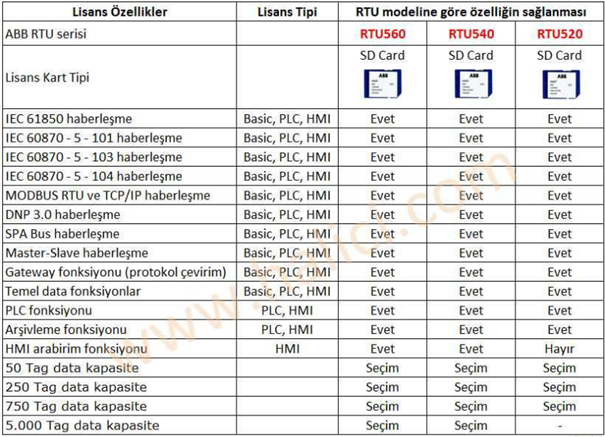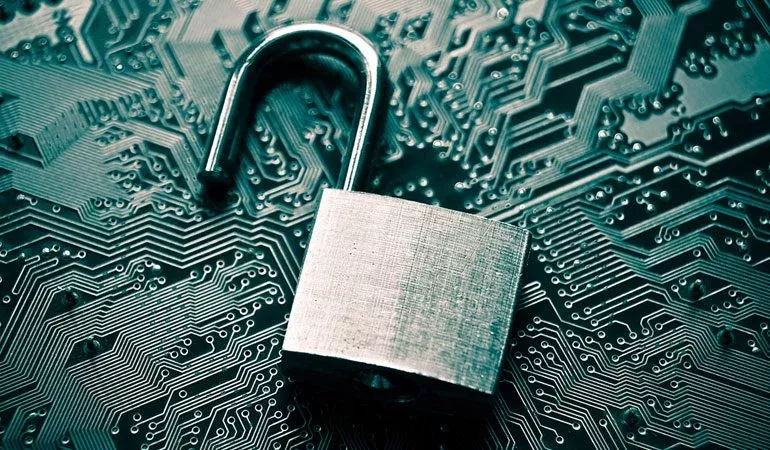The second industrial revolution, which began with the discovery of electricity, simplified production and production facilities with production lines and machines that were not dependent on a single shaft, and paved the way for mass production. The ability of electric machines to operate independently triggered a transformation in production that closed one era and opened another. The formation of the electronics industry, solutions for controlling systems and the concept of automation formed the basic dynamics of industry three. Developments especially in communication technologies, extraordinary capacity increases in control devices and the idea of an integrated world that followed were the key to Industry 4.0. It seems that this dizzying development will continue in the coming years and we will be surrounded by more and more devices.
As of the first day electricity entered our lives, a different topic was opened. In fact, this title, which has always existed but has not been dealt with, is electromagnetic waves. In its simplest form, the electric current transmitted on a conductor also creates an electromagnetic wave. The electromagnetic waves emitted by the electricity we use in our networks or provide with batteries were far from disturbing or disturbing us. Especially as high-frequency systems spread, opinions on the negative effects of these waves on human health began to be put forward. As of today, cell phones, high-voltage transmission lines, radio, television and radio transmission systems, wireless devices, microwave devices, all electrical appliances at home, computers, etc. Human beings who interact directly with many generators are facing a serious threat. We live in an electromagnetic pollution that surrounds us like a fog cloud. Although we cannot see this fog, it is not that difficult to feel its presence. Many people have noticed that their radios do not work near television transmitters or that they cannot turn on their cars with the car remote control. This new type of pollution, which manifests itself clearly in such dense fog, continues to surround us in every moment of our lives.
Just like hydrocarbon fuels, it is clear that we cannot completely end our relationship with electromagnetic waves. We have little intention of giving up all communication systems or lighting or even production techniques. What is important here is to know what we are surrounded by, to determine the doses and levels that pose a threat to humans and other living things, to prevent emissions above the threat limits with certain regulations or, if there are mandatory environments, to assign personal protective equipment for people working in that area and to monitor its use.
There are different criteria used when examining the effects of electromagnetic waves on human health. Considering that these waves are also a source of energy, the heat increase they cause in the human body is considered an important evaluation criterion. Evaluations using this criterion ignore non-thermal effects and do not take into account different problems. Electromagnetic waves have been observed to cause dryness in the throat, eye complaints, headaches, insomnia and fatigue, various allergies, hypersensitivity to sound or hearing loss in some people. Considering that the nervous system in the human body works with electrical signals, it can be easily said that non-thermal effects should also be taken into account. Just like in buses (!), our body’s control systems use electrical signals and are naturally affected by signals in the environment, such as cell phones. Not every interaction may be problematic, but it must be examined.
THE PARAMETERS TO BE CONSIDERED WHEN EVALUATING ELECTROMAGNETIC POLLUTION AND ITS EFFECTS ARE: FREQUENCY OF THE WAVE
Frequency can be defined as the frequency of repetition of a signal per unit time. For example, mains electricity repeats itself fifty times per second and its frequency is 50 Hertz. Electromagnetic radiation (EMR), which affects us, is divided into two categories in terms of frequency. The first is very low frequency electromagnetic fields. These waves are emitted by the electrical appliances we use daily and are called the ELF band. The second is the micro-wave frequency (RF-MW) band, which is produced using special antenna systems and used especially for communication purposes. GSM base stations, cell phones and radio-TV transmitters emit this type of electromagnetic wave. The damage these two different types cause to humans and other living things is of different nature. The oft-quoted statement “The electromagnetic field emitted by a hair dryer is higher than that of a cell phone” is actually a technical deception. Although it expresses the truth, it is quite correct to state that it is a well-disguised lie, considering that what is meant is “the harm is less”. In the simplest terms, a 500-1000 watt microwave oven can cook a food in a few minutes, while a heater of the same power takes much longer. Moreover, while the main element in the oven is EMR, the main element in the heater is the heat generated as a result of resistance. The contribution of electromagnetic radiation here to the cooking process is negligible. Moreover, the two sources are not comparable in terms of exposure time.
In this formula
P: Device output power (Watt),
G: Antenna gain (dBi),
E: Electric field limit value (limit value for a single device in Table-1) (Volt/meter),
d: Safety distance (meters),
refers to.
2) (Amended: RG-9/10/2015-29497) When calculating the safety distance in the neighborhoods where pre-school education and basic education institutions are located and in children’s playgrounds, the boundaries of playgrounds reserved for children and the garden boundaries of pre-school and basic education institutions are taken into consideration.
(3) The electric field intensity value of electronic communication devices to be installed in health institutions shall not exceed E= 3 V/m in order not to affect medical devices.
EXPOSURE TIME
Another parameter is how long the living thing interacts with the wave. Although the pollution caused by a high-voltage line does not cause any harm to a person passing under it, it has been proven by scientific studies and observations that it harms people living in a house at a very close distance. Similarly, similar studies have been conducted on people living in the radiation area of a cell phone base station, close to the source, and negative effects have been observed. As a parenthesis, I would like to state that since base stations do not broadcast globally, they usually affect the neighbors rather than the houses on their roofs. Therefore, when placing these devices on your roof, you should take into account the damage you may cause to your neighbor. If you have a neighbor in close proximity, you should definitely avoid it.
Day by day, sensitivity about electromagnetic pollution is increasing and positive steps are being taken. However, every day lost is a threat to future generations. International criteria developed especially to protect individuals and naturally other systems have defined conditions such as how much power can be broadcast at which frequency, the upper limit of the amount of EMR in an area or the distance of presence, and these criteria are also applied in our country. These restrictions, which are also followed and supported by the World Health Organization, are of course very important steps. However, considering that developed countries apply stricter limits in their own cities, we can easily say that there are steps we need to take. The limits applied in our country are defined by the “Regulation on the Determination, Control and Supervision of Exposure Limit Values of Electromagnetic Field Intensity Arising from Electronic Communication Devices According to International Standards” published by the Information and Communication Technologies Authority. The article of the relevant regulation on electromagnetic field intensity limit values is as follows.
ARTICLE 16 – (Amended: OG-9/10/2015-29497)
(1) Electric field and magnetic field intensity in Table-1;
a) For the environment, it cannot exceed three quarters (3/4) of the total limit values determined by the International Council for Non-Ionizing Radiation Protection (ICNIRP) and valid as of the effective date of this article.
b) For a single device, taking into account the environment and human health; It cannot exceed two ninths (2/9) of the limit value determined by the International Committee on Non-Ionizing Radiation Protection (ICNIRP) and valid as of the effective date of this article.
People’s living areas and other areas must be considered separately. It is wrong to subject the base station on the roof of a neighbor’s house to the same criteria as a base station on a high tower on an intercity road, far from living areas. Just as in the case of passive smokers, there is a need for legal regulations and follow-ups for people who are at risk due to the consumption of others, even though they do not consume EMR themselves. While being affected by a device used by oneself can be classified as a preference, people exposed to devices hidden on roofs face a threat they are not aware of. It is natural for cell phones and base stations to come to the forefront in every environment where the issue comes up, as they are widespread, intertwined with people and have high frequencies. However, TV transmitters, WiFi, bluetooth, dect phones, microwave ovens, televisions and other generators should not be left off the agenda.
Steps taken to block the waves emitted by TV transmitters have been quite successful. New technologies such as satellite broadcasts, cable TV, IP TV have greatly reduced the need for terrestrial broadcasting. However, the abnormal increase in the number of channels has not made it possible to reduce the effects sufficiently. A solution to this problem can be produced with terrestrial digital broadcasting. Especially the reduction in the number of antennas is a serious step. In addition, it is still important that the locations of these broadcasts are chosen far away from living areas, especially residences, or that this is ensured by high towers.
Communication radios should also be isolated from people. Considering that these devices are used for point-to-point communication, narrower angles and the absence of buildings that interact with the wave between two points will eliminate harmful effects. Of course, considering that birds and other living creatures living in this area are also exposed to these effects, transferring communication to predominantly fiber environments will produce more effective results. Likewise, taking high-voltage power transmission lines in urban areas underground and isolating their effects with protective measures is another step that should be taken.
The limits of base stations should be lowered even further, especially in urban areas. This will be possible with improvements in antenna technologies or additional device investments. Femtocell-like technologies should also be evaluated in this context and more care should be taken regarding wave propagation. Devices concealed using all kinds of city furniture only cover the eyes of people, and as long as the waves continue to exist, the risk continues.
The regulations and limitations imposed by the state enable serious controls on electromagnetic pollution. In addition to these efforts, there is a need for serious information and awareness-raising activities. Just like smoking, the harms of these waves should be explained to people in a systematic way and people should be informed about how they can be protected. Perhaps one day in the future there will even be an obligation to put a “hazardous to health” label on these devices!
How can we individually protect ourselves from these effects? The answers to this question are widely available. Every individual should read up on this topic to protect themselves and their loved ones. However, it is worth mentioning some important points. Getting rid of some of the devices that offer great comfort in homes or using these devices correctly can be an important step. First of all, wired devices should be used whenever possible. Wired instead of wireless headphones, wired instead of wireless mouse and keyboard, ethernet instead of WiFi, normal phone instead of dect phone can be a step. A protective approach would be to use the cell phone with a headset instead of holding it directly to the ear, not to charge it in the bedroom, and not to use it in areas with poor reception quality. It is also advisable not to talk on the cell phone for long periods of time, to use a headset if talking, to use it in hands free mode if not possible, to limit the time spent interacting with the phone and to keep the phone at the farthest possible distance in any case. Another useful step would be to avoid using microwave ovens, replace tube televisions, monitor cell towers in close proximity to the home, especially in bedrooms, and request their removal if necessary. Finally, blocking the power input or unplugging all electrical appliances when they are not in use, in short, not leaving them in standby mode, is also one of the measures to be taken.
Above all, the most effective prevention method is to create an informed society. It is not a matter of debate that electromagnetic waves can cause harm, although their harm has not been clearly proven. What is debated is the extent of these damages. Today, studies on the relationship between these waves and cancer, their effect on our psychology, their effects on organs such as the eyes, and their consequences on pregnancy show that we are facing a serious threat. Although electromagnetic emitting devices have become very common, it would not be wrong to say that we are at the beginning of the road. Steps to be taken today, raising public awareness and approaches to alternative solutions will prevent this problem from being inherited by future generations.
We all remember that air pollution bulletins were published in the past. A similar effort is needed for EMR. Regular measurements should be made with mobile systems and fixed stations, just like meteorological measurements, elements exceeding the limits should be identified, people should be informed about the measurement values and these values should be used to normalize and improve conditions. In particular, playgrounds, schools and hospitals should be regularly measured and necessary measures taken. In the future, regular measurements by local governments in potentially risky areas will become as much a duty as garbage collection.
Pollution caused by electromagnetic emissions should be an important item on our agenda. As was the case with tobacco and tobacco products in the past, studies commissioned by industry stakeholders with strong financial resources that underestimate or overestimate the harms should not be the harbingers of a major disaster! It is important for our future to allocate resources to independent and scientific studies and to take into account the results of these studies. Solutions to minimize the use of microwave waves should be prioritized. In particular, obstacles to fiber investments should be removed and the use of fiber as the main carrier element should be supported. As we have emphasized before, what we really need above all is to inform and raise awareness of individuals and society.



